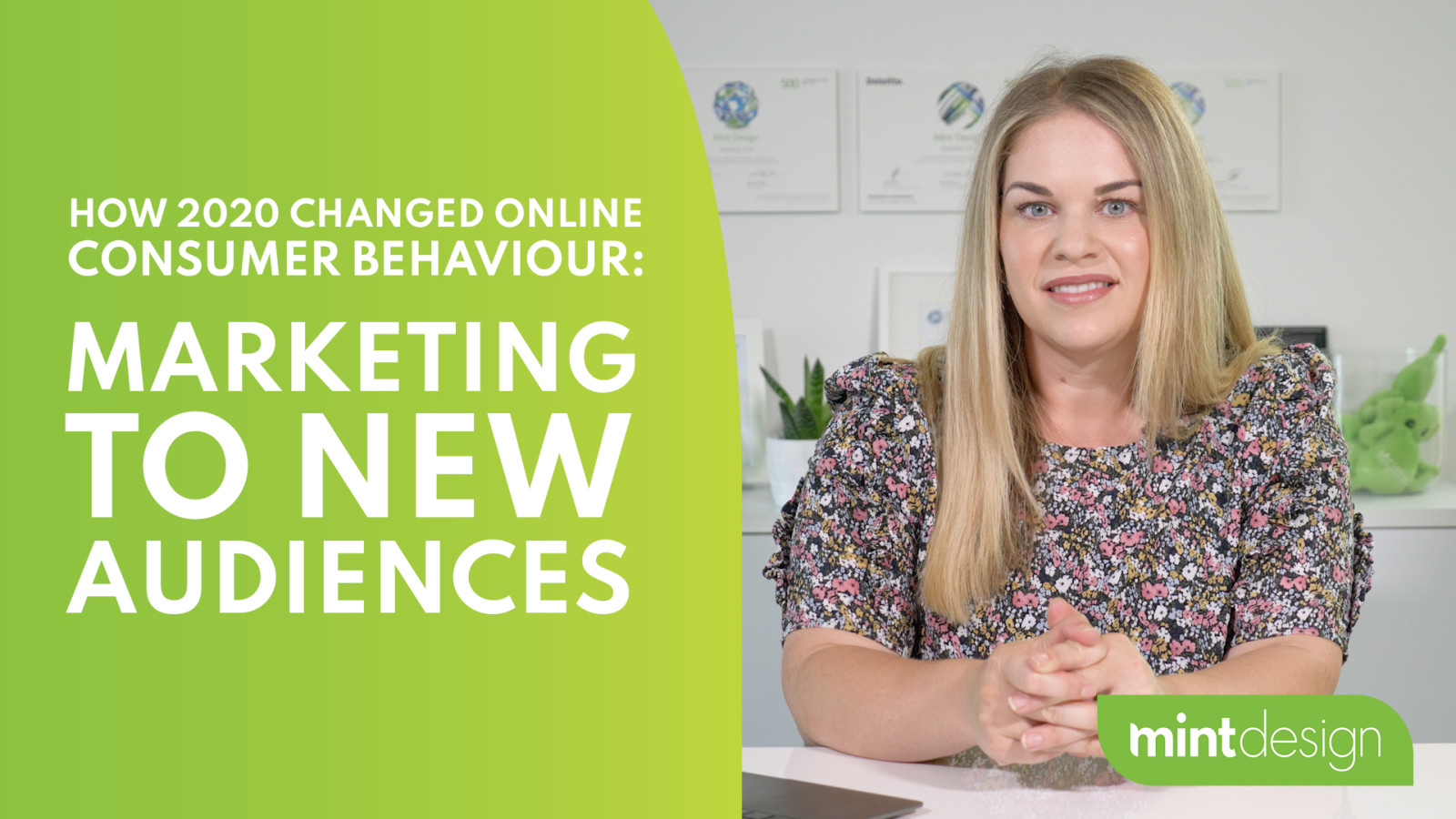Prefer to scan? Here's the video transcript
Looking back to the start of 2020, digital transformation dominated the agendas of Kiwi businesses. The massive impact of COVID-19, and the resulting lockdown, has undoubtedly acted as a catalyst: speeding up consumers' digital adoption and introducing new trends at a rate few could have predicted.
Hey guys, I'm Alive, Director of Communications and one of the co-founders here at Mint.
In March 2020, when the lockdowns and social distancing protocols first began, Facebook's analytics department reported a 50% surge in messaging.
On the same wave, TikTok global downloads grew 5% month-over-month which doesn't sound huge but it meant they added over 21 million unique visitors in the US alone.
Because we were all staying at home during lockdown, and because there was a lot going on in the world to talk about, overall social media use skyrocketed.
In fact, a study done by Light Tricks,46% of women and 41% of men spent more time on social media during Covid-19 than they had prior - and new research has shown that 80-90% of people now consume news and entertainment for an average of nearly 24 hours in a given week.
That's a very high average and represents a staggering amount of time engaging with online media - and it's vital for your brand to have a presence in that equation.
I have this interesting graph here that shows just how much time we were all spending online - not just on Facebook but across the internet.
This is from Chorus who tracked internet use during lockdown here in New Zealand - I always love some good local stats.
The blue line shows network traffic or internet use before lockdown, then that green line shows the huge jump during lockdown.
Looks like 8pm at night is when we really went to town, probably Tiger King and other Netflix shows, among all the usual social media and Zoom use that went berzerk during lockdown.
Then, in alert level 3, our use went down a little as we gained some freedoms, and then in level 2 when schools and workplaces started getting back to normal, our use really dropped but *not quite* back to pre-covid levels, especially during the day because people were working at home but also because people were just in new habits of being on social media a lot more often during the day.
Level 2 and 3 is when we saw a lot of online sales ramp up - despite job losses and pay cuts, discretionary spending was up during this period and some online stores really did well, reporting their best months in years.
So with all this extra time online in 2021 and beyond, there is room for you to gain more from the increased use of online media, but it can be difficult to figure out how to speak to your audience online during times of crisis, especially through alert level changes which I know has been a big struggle for some businesses.
Focus on interacting regularly, and focus on community-building which is even more critical now than it was before.
Especially for you online retailers who are getting more and more online sales, keep in mind that your brand experience is so critical now because you don't have that connection fostered in-store or in-person.
In 2021, you should expect that your audiences will spend more time on social media - which means that's where your brand should be striving to reach them.
And, by cultivating meaningful engagement with your audience, this familiarity can bolster brand affinity, brand loyalty, and ultimately, your brand's success.
Thanks for watching.
